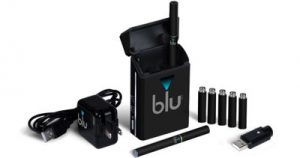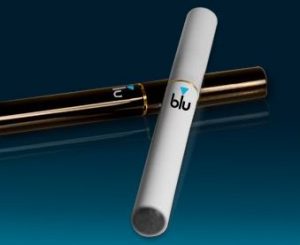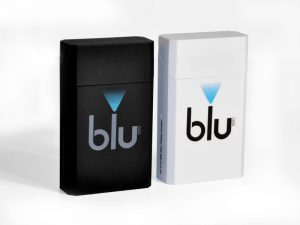Blu E-Cigs Sales Plummet Due to Stiff Competition and Shift in Consumer Preference
While electronic cigarette sales in general continue to grow at a steady pace, Blu E-cigs, the number one e-cigarette brand in the United States, has seen steep decline in profits over the last two quarters.
 When tobacco giant Lorillard bought Blu in 2012, for a reported $135 million, the company had just 10% of the market and about $50 million in annual sales revenue. Taking advantage of Lorillard’s well established supply chain and very deep pockets, it has since grown to 47% of the US e-cigarette market and $200 million in revenue. Just months after the deal, Blu was already bringing in tens of millions of dollars and adding a significant contribution to the tobacco company’s bottom line. “Our acquisition of blu eCigs has met or exceeded all of our expectations, having achieved the goal of becoming accretive to earnings in its first year with Lorillard, and establishing a new platform for expansion,” David H. Taylor, Executive Vice President, Finance and Planning and Chief Financial Officer or Lorillard, said in 2013.
When tobacco giant Lorillard bought Blu in 2012, for a reported $135 million, the company had just 10% of the market and about $50 million in annual sales revenue. Taking advantage of Lorillard’s well established supply chain and very deep pockets, it has since grown to 47% of the US e-cigarette market and $200 million in revenue. Just months after the deal, Blu was already bringing in tens of millions of dollars and adding a significant contribution to the tobacco company’s bottom line. “Our acquisition of blu eCigs has met or exceeded all of our expectations, having achieved the goal of becoming accretive to earnings in its first year with Lorillard, and establishing a new platform for expansion,” David H. Taylor, Executive Vice President, Finance and Planning and Chief Financial Officer or Lorillard, said in 2013.
With almost half the e-cigarette market covered and immense growth potential, it looked as if Blu would have little trouble maintaining its supremacy and leaving upstarts like R.J. Reynolds’ VUSE and Altria’s MarkTen to fight over leftovers. However, the reality is much different. Over the last two financial quarters, Blu E-cigs sales have dropped significantly, leaving everyone wondering if the company would be able t retain its market leader position for much longer. In the second quarter of 2014, Lorillard reported a whopping 35% decline in sales from a year earlier, due both to the finalization of the brand’s initial phase of national expansion, and increased competition.
The declining trend continued in the third quarter of last year, when Blu sales dropped by almost 40% to around $38 million. The poor results were again blamed on lower US sales and growing competition, primarily from the VUSE and MarkTen. But analysts from Cicago-based investment research firm Zacks have identified a third potential factor – “the shift in consumer preference from smaller e-cigarettes to tank devices, which are typically larger and have longer-lasting batteries and a puff that is more similar to a combustible cigarette.”
The rise in popularity of specialized e-cigarette shops selling superior sec0nd-generation vaporizers has been blamed for the decline in sales before, because research companies like Nielsen and Wells Fargo don’t take them into account when compiling their data. The Smoke-Free Alternative Trade Association reports that the number of brick-and-mortar vape shops has more than tripled to 35,000 in the last year .
Lorillard is currently waiting for its merger with R.L. Reynolds to be approved by federal regulators, but it has been announced that the Blu brand will not be included in the deal. As soon as the merger becomes official, Blu, along with several cigarette brands like Reynolds’ Kool, Salem and Winston and Lorrilard’s Maverick, will be sold to Imperial Tobacco, for $7. billion. Perhaps that has something to do with the abrupt drop in sales, as well.
Sources: BizJournals, WSJ

















I want to agent the BLU ecigs please mail the product advertising to me 43-45 smart st Flushing NY 11355